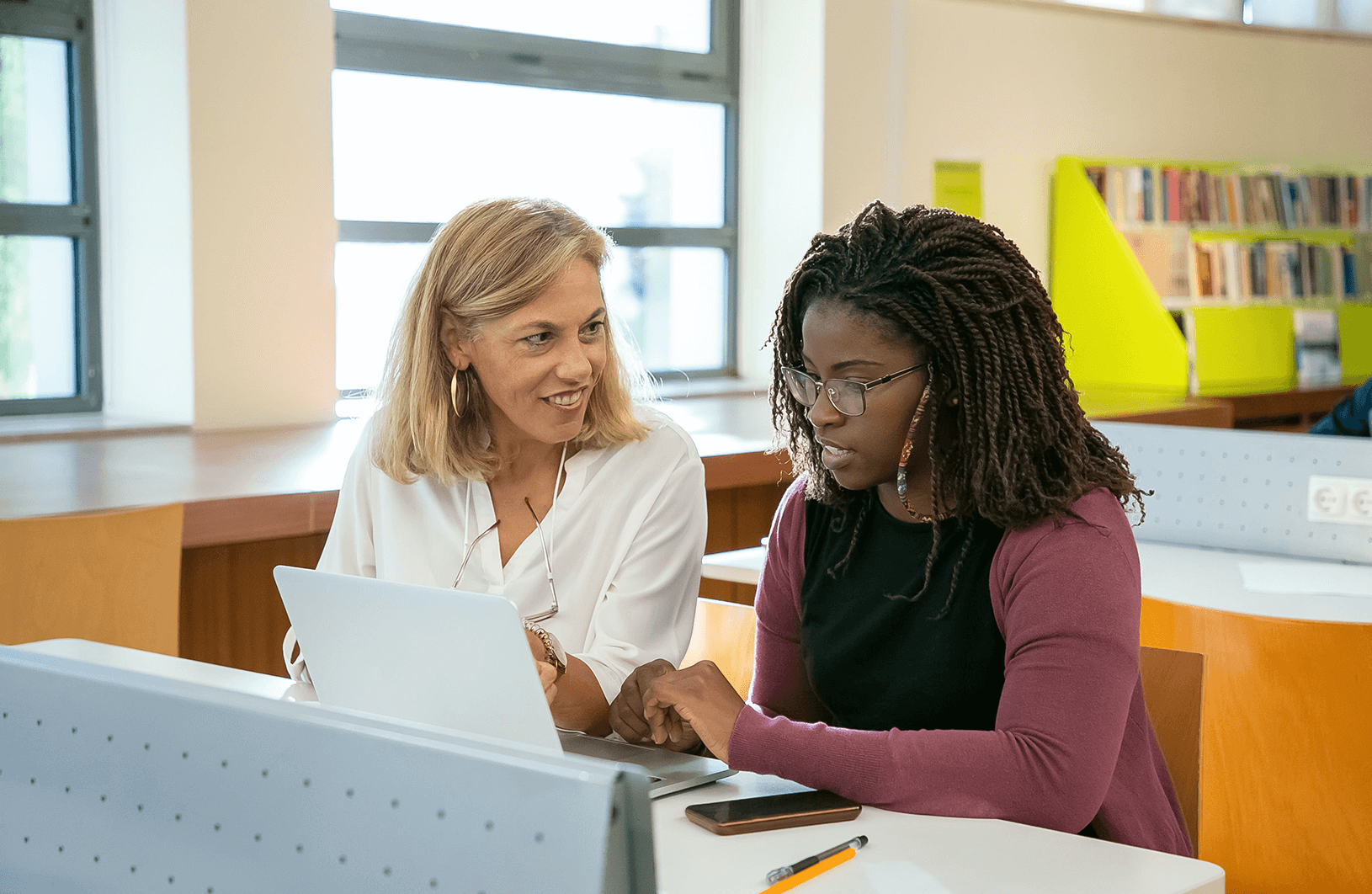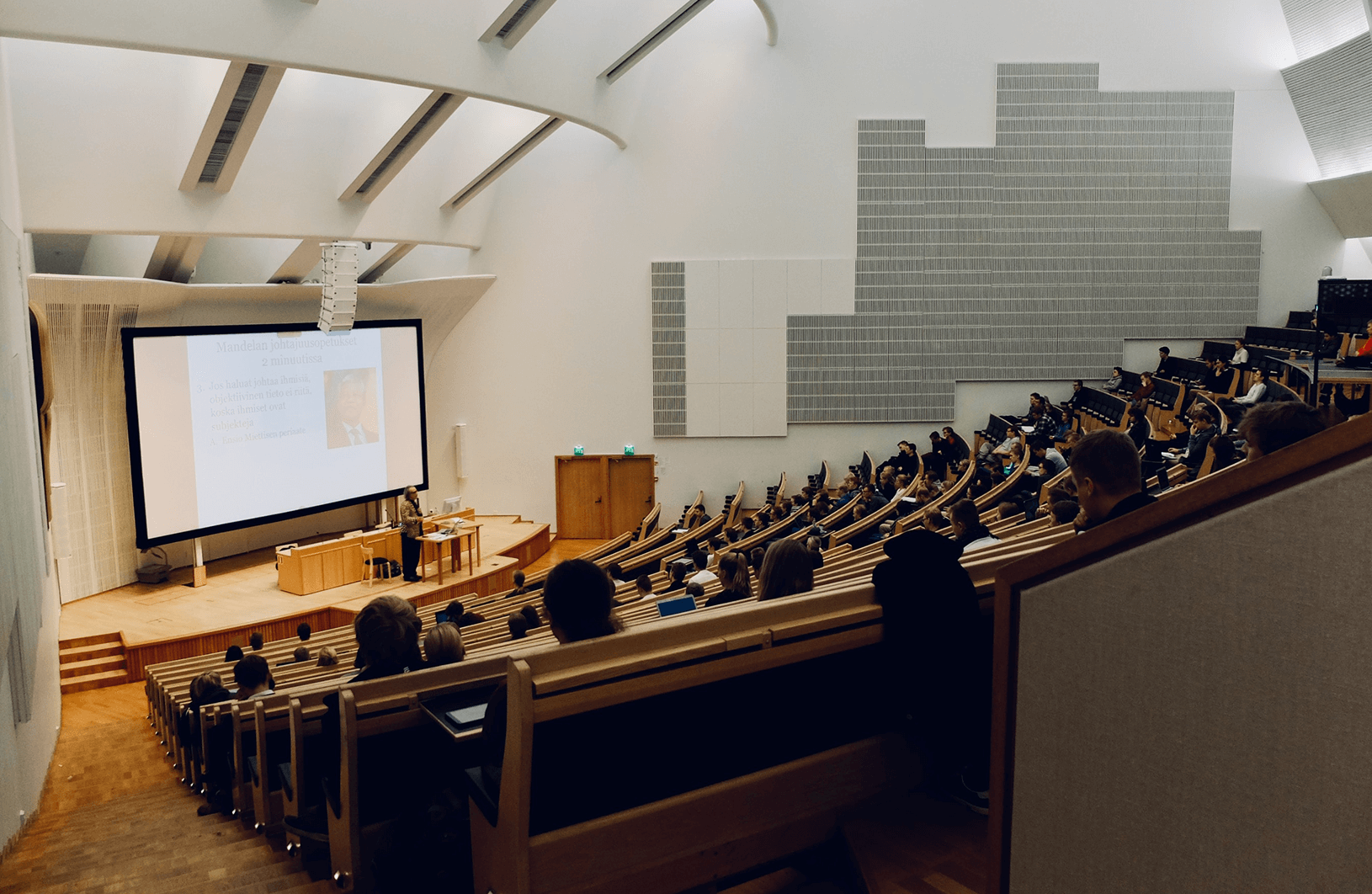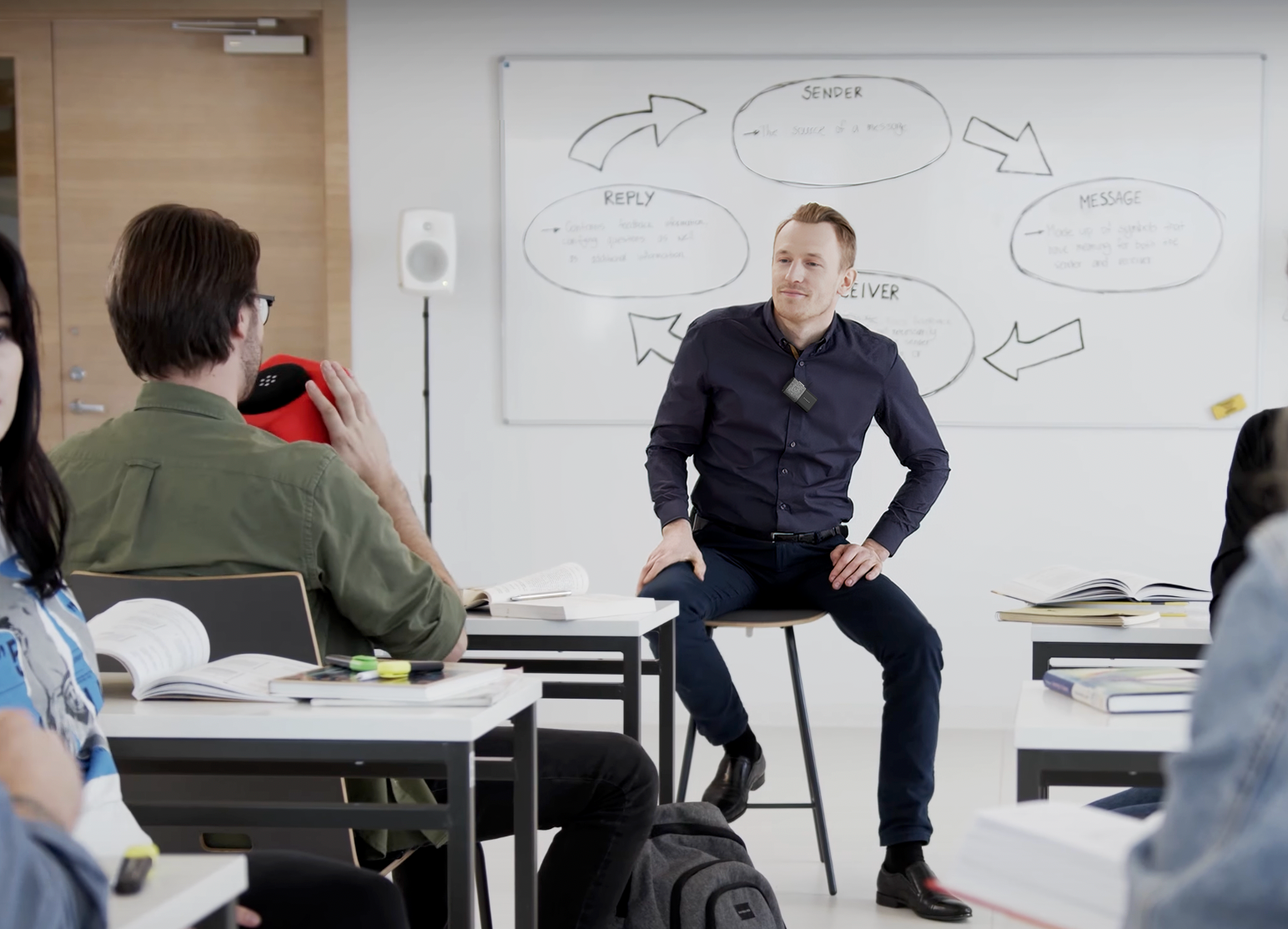Enhancing accessibility in higher education: the power of live captions
Explore the significance of incorporating live captions within the educational environment and find out the advantages they bring in creating a friendlier, more equitable, and accessible learning experience.

Published on: February 8, 2024
Few sectors were as fundamentally shocked by the pandemic as education. As schools and universities shut their campuses, the digital environment had to suddenly accommodate millions of teachers and students from various backgrounds, cultures, walks of life, levels of technical savviness, and abilities.
This abrupt transition illuminated the digital divide and underscored the need for inclusive, accessible, and user-friendly educational technologies.
One such innovation that has taken center stage is the integration of live captions within university lectures and school classes. With universities embracing remote, hybrid, and blended learning, the use of live captions, whether during live or recorded sessions, has evolved into a powerful means of enhancing the educational experience for all students.
In this article, we'll dive into the significance of incorporating live captions within the educational environment and highlight the advantages they bring in creating a friendlier, more equitable, and accessible learning experience.
The power of live captions in education
Live captions are real-time transcriptions of spoken content displayed on screens during lectures or presentations, ultimately offering a secondary avenue for how to absorb course material. As institutions pivoted towards virtual classrooms and online lectures, the importance of accommodating diverse learning styles and needs has become more apparent than ever.
Live captions aren't merely a convenience – they're a critical enabler for students with hearing impairments and have emerged as an unsung hero for accessibility. For these students, captions are a gateway to accessing course materials and lectures that might have otherwise been challenging or impossible to follow.
But the reach of live captions extends far beyond the hearing-impaired community – they can elevate the learning experience by benefiting non-native English speakers, individuals with different learning styles, and students who prefer to learn through reading as they listen.
Live captions as accessibility tech: an example
In the midst of the pandemic, Emma – a hard-of-hearing student who relied on lip-reading to participate in her classes at New Hampshire's Lebanon High – found herself cordoned off by mask mandates, which made lip-reading impossible. Fortunately, the issue was remedied with a pairing of microphones and Google Meet's closed captions feature, which transcribed lesson content in real time, enabling Emma to participate.

Benefits for diverse learners and inclusive learning
Today's educational landscape is driven by the belief that every student should have an equal opportunity to learn, regardless of their abilities or background. Moreover, institutions that offer remote and hybrid learning are striving toward creating inclusive learning environments, where the virtual learning experience is on par with the in-person one.
The integration of captions is conducive to these two ambitions, creating a level playing field for all students to engage fully in the learning process, no matter who or where they are.
Better yet, captions can also be easily turned into lecture transcripts. This serves as a valuable aid for students who may struggle to catch everything in a fast-paced lecture, due to disabilities or other personal reasons.
Captions benefit everyone
Every student absorbs information differently – some are visual learners, some are auditory learners, and some benefit from a combination of both. By accompanying lecture audio with text, universities help reinforce comprehension and empower every student to engage with the material in a way that suits their individual learning style.
Furthermore, modern technology enables not just captions, but real-time translation, too, which can be a game-changer for universities with linguistically diverse students. By instantly translating spoken material, live captions can serve as an immediate and effective solution to ensure that language differences do not hinder the learning experience.
Using captions – only one piece of the puzzle
Getting started isn't as easy as simply switching to a video conferencing platform that sports captioning features and turning them on. In fact, doing so without the rest of the necessary infrastructure in place can lead to an adverse effect.
What infrastructure, specifically? The single most important factor in ensuring quality captions is the audio capture solution, i.e. the microphone.
Voice recognition technology relies heavily on crystal clear audio capture, hence it's imperative to equip the speaker with a professional microphone and eliminate background noise. Otherwise, the transcript may be inaccurate, leading to distractions and sowing confusion among listening students.
Live captions in a hybrid classroom
Matters are complicated further with a hybrid setup. Most lectures will include audience participation, hence an audience microphone is also required. Many universities have tried to use ceiling array microphones, however, found themselves disappointed that these microphones also capture unwanted background noise, impacting caption quality.
To meet the goal of providing remote students with equal experiences as the in-class ones, while also ensuring live captioning, the lecture hall requires a solution that offers distraction-free audio capture for both students and lecturers.
Revisiting Emma: example continued
As mentioned earlier, Emma was able to participate in her remote classes thanks to Google Meet's captioning feature. However, things got complicated when her peers returned to class in a hybrid capacity. While the teacher was mic'd up, her classmates weren't, which caused problems for Emma to participate in class discussions and engage with her friends, undermining equal accessibility to the educational experience.

The perfect audio solution for captioning at schools and universities
To meet their audio needs, Lebanon High as well as other schools and universities have turned to the Catchbox Plus system, which features a pair of microphones – the Clip for the presenter and the Cube for the audience.
The wireless and compact Clip has become a hot favorite among staff for its ease of use, appealing design, and simple setup. It picks up presenter audio perfectly while also being hands-free, allowing for a full range of movements.
Meanwhile, the Cube – a wireless, throwable microphone – has become a mainstay of hybrid setups for universities, as it makes it easy to "mic up" the whole room in a dynamic and cost-effective way. The Cube is passed between audience members ensuring that whoever is speaking always has a world-class microphone right in front of them, thus guaranteeing that any remote student or captioning software can perfectly pick up the audio that matters.
“We started using Catchbox mics over 2 years ago, what struck us about these mics is their great feedback rejection, eliminating external DSP units, this intern, cutting costs. We use these mics within our Teams Room Classrooms that are more acoustically challenging. Their fantastic interlegibility make them ideal for captioning, this helps augment our classroom experience for students with sensory and learning diversity.” – Richard Enderby Coles LTS Coordinator London College of Communication
Education for all
Live captions have emerged as an essential tool to bridge accessibility gaps in learning. Their role extends beyond accommodating hearing-impaired students, benefiting diverse learners, and fostering inclusion, which is why more and more universities seek to enable captioning across their live and recorded courses.
Still, universities must be mindful of the infrastructure and audio demands of high-quality captioning. Luckily, the solution is already available and it doesn't have to cost an arm and a leg – speak with our team today or explore the Catchbox Plus system yourself.
Recommended
Find out more

Live captions role in today's digital space
Captions have become more important than ever, not just for accessibility, but for productivity and quality of life, too. Take a look at what is live captioning, how it works, and why more people are using it.

Catchbox for education
Create more immersive learning experiences with Catchbox microphones. Ensure both teachers and students can be heard in the classroom and encourage participation across a range of educational settings.